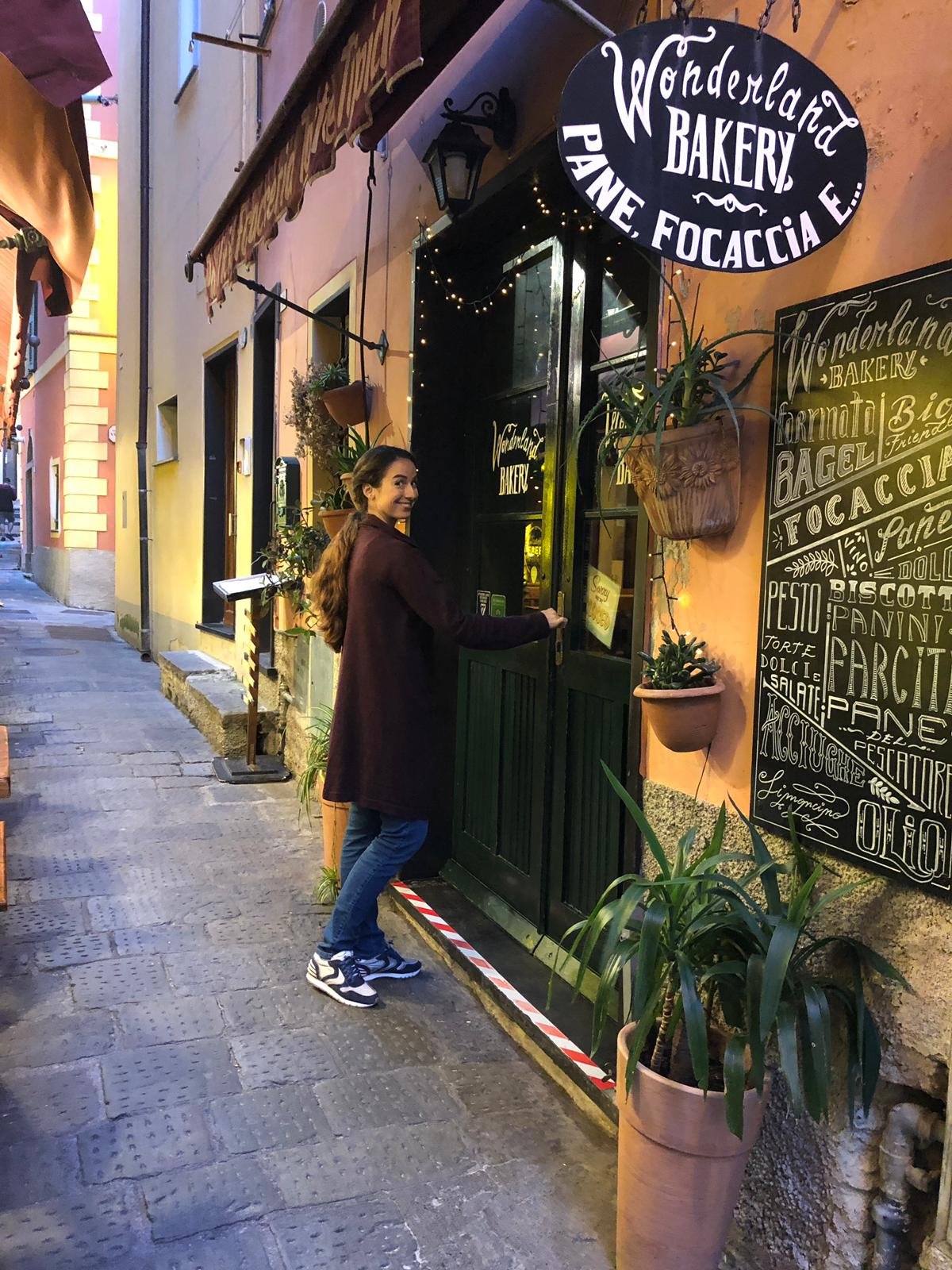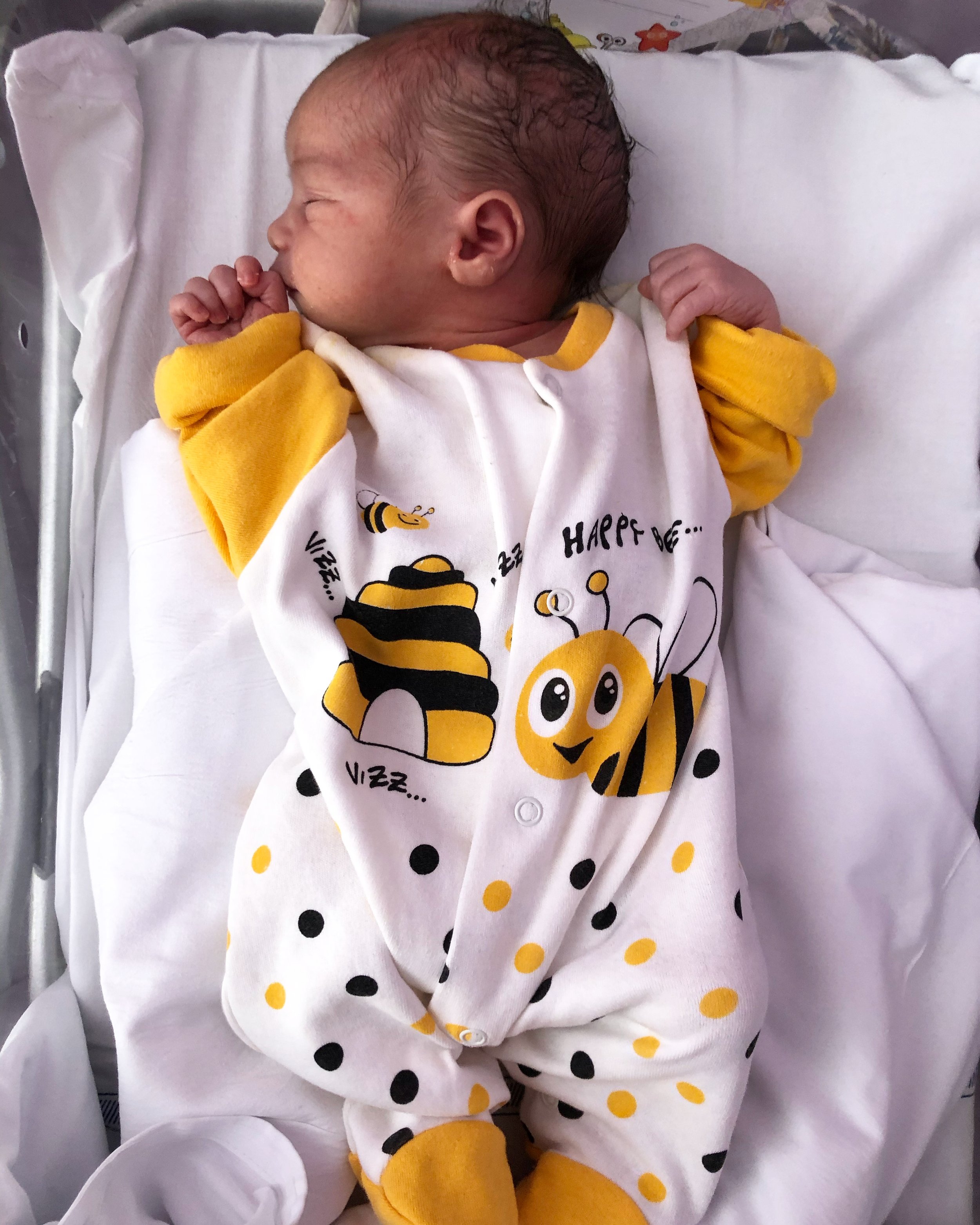The Italian Alphabet and Pronunciation
/A nook along Cinque Terre hiking trails in full Italian speaking mode…you don’t like to find crevices that are just your size??
This post contains affiliate links. If you buy something using these links, Jennyblogs may receive a small commission, at no extra cost to you. This helps to support Jennyblogs. For further information see the privacy policy. Grazie!
Listening to Italian makes you happy, doesn’t it? It doesn’t even matter if you know what they’re saying or not. The rolls and lilts of the language are filled with an over-exaggerated sense of passion and drama, and you can’t help but smile. Unless they’re yelling, then I’m not smiling. Even if it’s probably just a friendly exchange about the last soccer match. I’m very non-confrontational and the public displays of conflict make me nervous. Run awayyyyyy! In fact, someone once thought I was Hungarian because I was so laid back and calm. Hmmm…
As far as languages go, Italian is really not that difficult to learn. Yes, it’s a foreign language and difficult, but. Have you ever tried to learn Chinese or Arabic? That’ll put things into perspective real quick! With Italian you can learn just a few phrases and suddenly you feel alive and all the hand gestures come as if you were born doing them. But before we warm up our hands and our best “mamma mia” expressions, let’s go over the alphabet and pronunciation of vowels that is oh-so-important.
The Italian Alphabet
Alright sing this and see if you can figure out which letters are missing:
A B C D E F G H I L M N O P Q R S T U V Z
(Pronounced: ah-bee-chee-dee-ae-effe-jee-acca-ee-elle-emme-enne-oh-pee-coo-erre-esse-tee-oo-voo-zeta)
Haha got it? See, Italian is easy because they have less letters than the English alphabet! Only 21, to be exact. But they messed up our nicely coordinated ABC song by Mozart. Rude. (You’ve made the connection by now that the ABC song is the same as Twinkle Twinkle, yes? Great. Ok, we can move on.)
The following letters don’t technically exist in Italian, except for in the foreign words that have been adopted:
J K W X Y
(Pronounced: ee loonga - kappa - doppio voo - eex - eepsilon)
And thusly we have eliminated half of the letters in my first name. Thanks guys!
Pronunciation of Those Vowels in Italian
“A” in Italian is a long A as in “ah”
“casa” (CAH-zah)
“E” is usually a hard A as in “mate,” but can also be softer, closer to “eh”
“re” (RAY [king]) / “permesso” (pair-MEH-sso [permission]); the first e is harder, the second softer
“I” is a hard E as in “feet”
“ravioli” (rah-vee-oh-lee)
“O” is usually a hard O as in “poke,” but can also be softer, closer to “moss”
“otto” (OHT-toe [eight]); the first o is softer, the second harder
“U” is a hard U as in “fluke”
“cappuccino” (CAP-poo-CHEE-no)
How to Pronounce Key Consonants in Italian
“C” is a hard c as in “cup” unless it is immediately followed by an i or e in which case it is a soft c as in “chocolate.”
“cono” (CO-no [cone]) / “cioccolato” (CHYO-co-lah-to [chocolate]) / “cena” (CHAY-na [dinner])
“Ch” is always pronounced as a hard c.
“chiuso” (kee-OO-zo [closed])
“G” is a hard g as in “gas” unless it is immediately followed by an i or e in which case it is a soft g as in “Germany.” (J doesn’t exist in the Italian alphabet, so any j sound is made with a g and an i or e. The Italian version of my name is spelled Genny, short for Giovanna.)
“gatto” (GAH-to [cat]) / “giardino” (jyar-DEE-no [garden]) / “gelato” (je-LAH-to)
“Gh” is always pronounced as a hard g.
“ghiaccio” ( ghyA-chyo [ice])
“S” is a z sound like the s in “pose” if it is between vowels, otherwise it is an s sound as in “soup”
“casino” (ca-ZEE-no [mess]) / “pasta” (PAH-sta)
“SS” is an s sound like in “messy”
“bellissima” (bell-EE-see-ma [so pretty])
“Z” is a normal z sound as in “zebra” at the beginning of words, otherwise it is a ts sound as in “mats”
“zucchero” (ZOO-kair-o [sugar]) / “stazione” (Sta-tsee-O-nay [station])
“R” is always semi-rolled, not the “er” sound we make in English where the tongue doesn’t come in contact with any part of the mouth.
“mercato” (mair-CAH-to [market])
“RR” is an exaggerated roll. And yes, you can learn to roll your r’s!
“ferro” (FAY-rrrr-o [iron])
“GN” is pronounced like the ñ in Spanish; the g is silent.
“gnocchi” (nyO-kee)
“GLI” when it is in the middle of a word or used as an article (“gli” [plural for the]) is the L version of ñ; the closest example would be like the lli in “million.” This one is harder to write without hearing it, especially because many people struggle with this subtle but particular sound. It’s like saying “Lee” while trying to stretch the back of your tongue between your molars and the roof of your mouth instead of just touching the tip of your tongue to the front of the mouth to make the normal L sound…or in other words trying to say it more from the back of your mouth than just the front. (How are we doing? If there is anyone by you, you may want to explain why you’re contorting your mouth so much.)
“famiglia” (fa-MEE-lya) / “gli uomini” (LYEE oo-OH-mee-nee [the men])
“SC” is an sh sound as in “shop” if it is followed by an i or e, otherwise the letters are pronounced normally as in “escape.”
“scienza” (shee-EN-za [science]) / “sconto” (SKOHN-toe [discount])
“H” is always silent.
Santa Clause says “ho ho ho” / Babbo Natale says “O O O”
In my head it was going to be a lot easier writing all that out than it actually was. It seems like a lot of information, but don’t worry, it’s actually quite simple with a bit of practice!

























